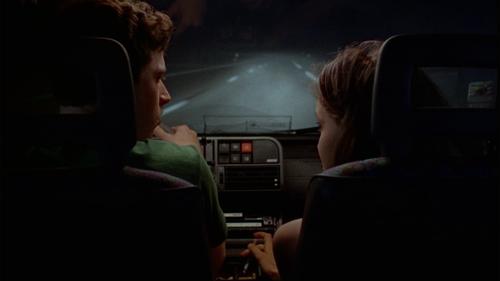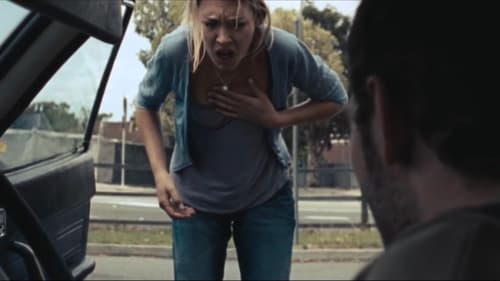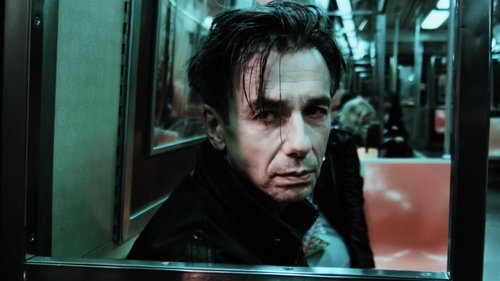Informações
Sinopse:
Duração: 00h00m
Data de lançamento: 17 de julho de 2020
Genêros: Música, Romance.
Elenco: 柚香光, Hana Yuuki, 瀬戸かずや, 水美舞斗,
(1 votos)
?
?

Sinopse:
Duração: 00h00m
Data de lançamento: 17 de julho de 2020
Genêros: Música, Romance.
Elenco: 柚香光, Hana Yuuki, 瀬戸かずや, 水美舞斗,

Castle of the White Heron Nearly 1,000 years ago, in the ornate capital of Heian-kyo, there was a young, fair-skinned man of noble birth by the name of Abe no Yasunari, who was also a diviner. His foe was Tamamo no Mae. She was a bewitching magical fox who deceived the hearts of men. Time passed. Places changed. Now, the decisive day approaches at the splendid, renowned fortress known as the Castle of the White Heron. At times with grace, at times mysteriously, this revue of a Japanese tale depicts the fate of the diviner and the magical fox, in conflict and drawn to each other over the course of reincarnations spanning a millennium. Outsiders in the Renaissance While Leonardo da Vinci is celebrated as an all-around genius, there is still much about his life that remains unknown. One theory is that the inspiration for his creations was his love for a woman. This production depicts the affection and hatred between da Vinci and the figures in his life.

Two teenagers are playing by night in a dirty parking lot. After they are driving on an empty road, they start to tease each other on the way to the sea, but they seem to be too young to drive and the road is a bit strange.

Apesar de, inicialmente, começarem com o pé errado, Zheng e Xin cresceram e se tornaram companheiros. Zheng luta para unificar os estados combatentes sob Qin, enquanto Xin avança nos cargos para se tornar o Maior General. Suas ambições mudarão a história para sempre.

A young man tries to make things right again in his relationship after he and his girlfriend get in a fight.

A boy walks through an abandoned building and films the interior. Suddenly his camera disappears.

A man lurks the night alleys, killing people at random, he feels nothing, no emotion, and no pain; when he meets a graceful widow he must confront what it means to be human.

Tanjiro aventura-se a sul-sudeste, onde encontra um jovem covarde chamado Zenitsu Agatsuma. Ele é um companheiro sobrevivente da Seleção Final e o seu pardal pede a Tanjiro que o ajude a manter-se na linha.

Enquanto John T. Wrecker continua sua tarefa de proteger um grupo de refugiados de um vírus, a ameaça de algo novo e ainda mais perigoso se aproxima cada vez mais na forma de mutantes monstruosos.